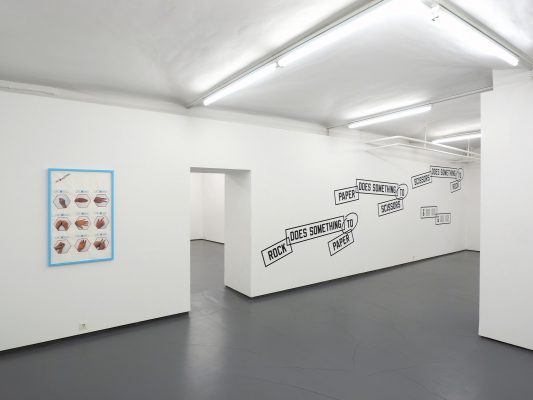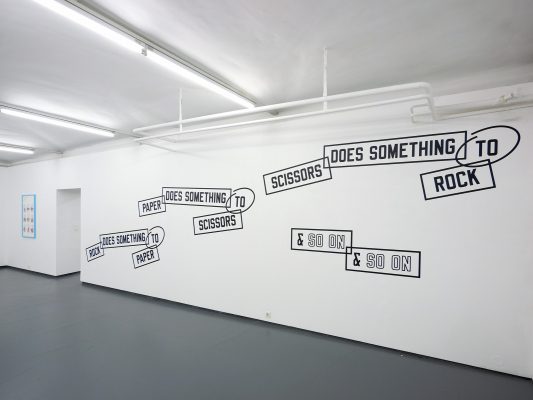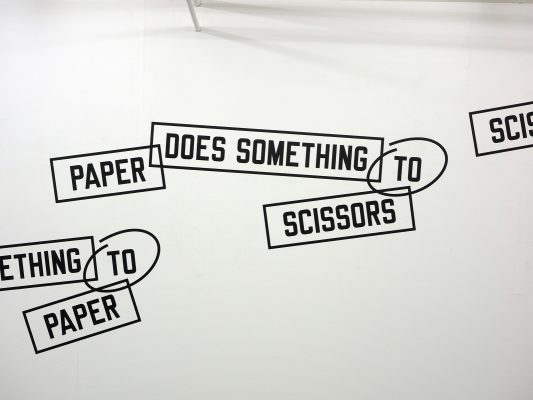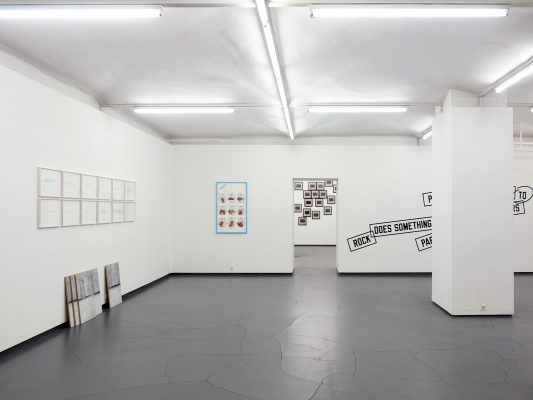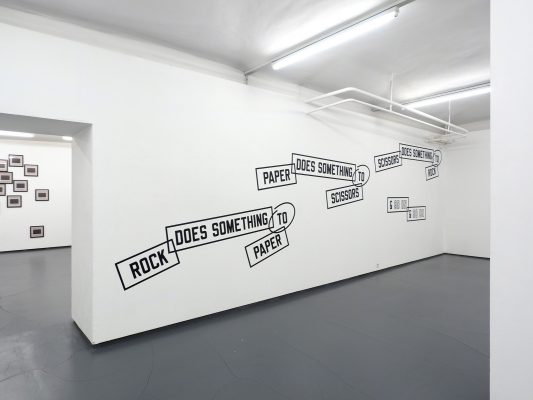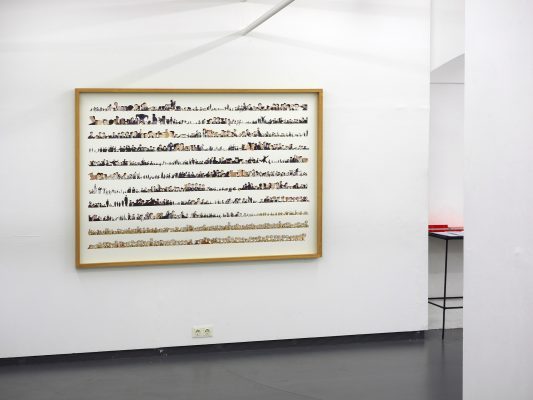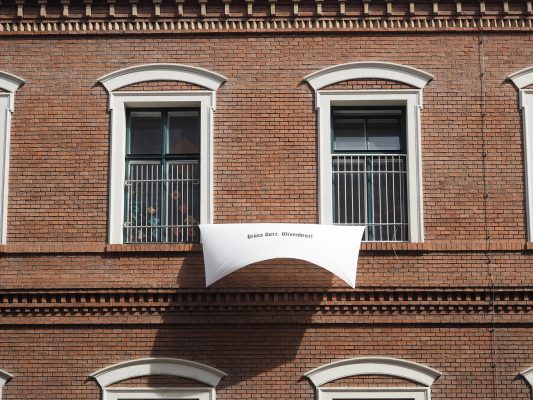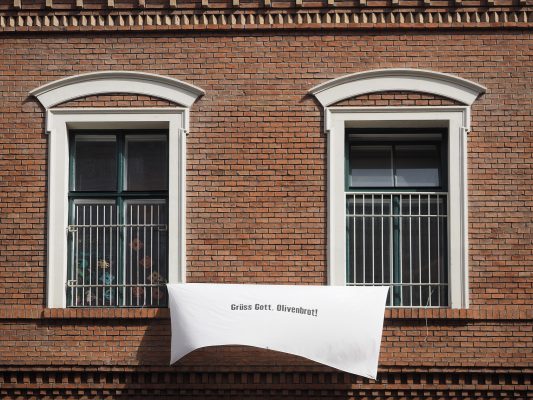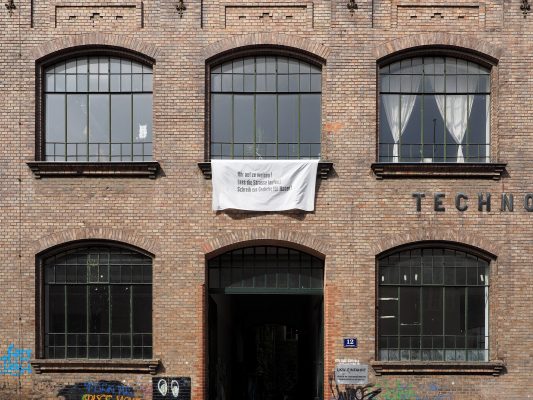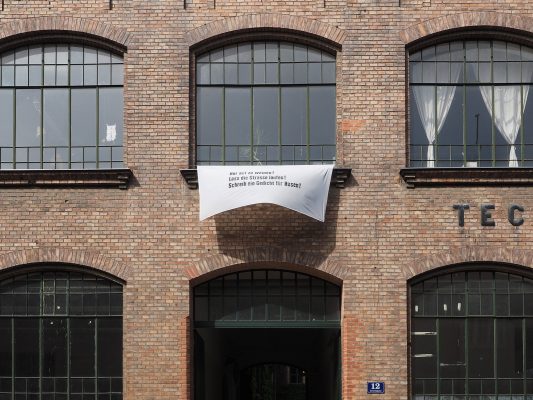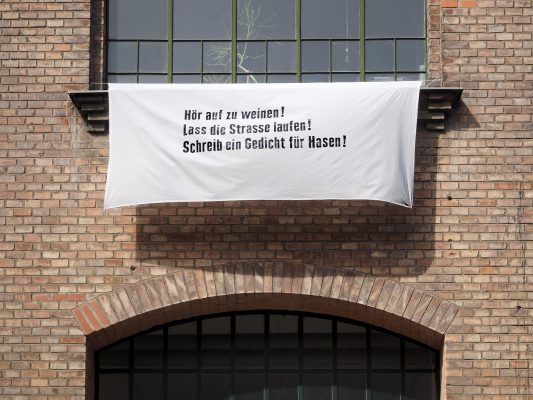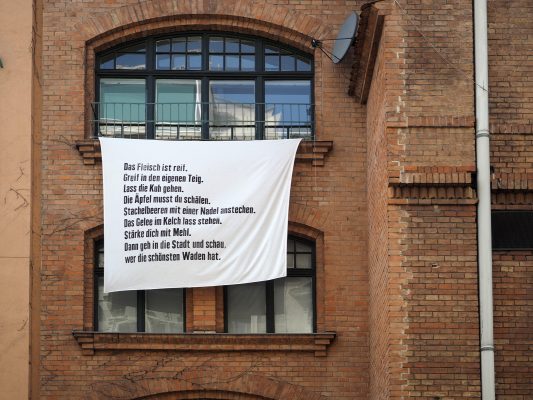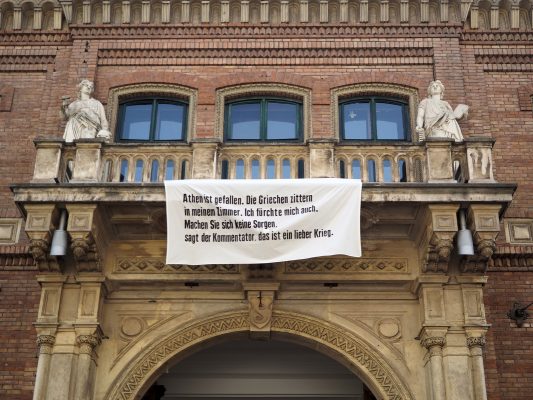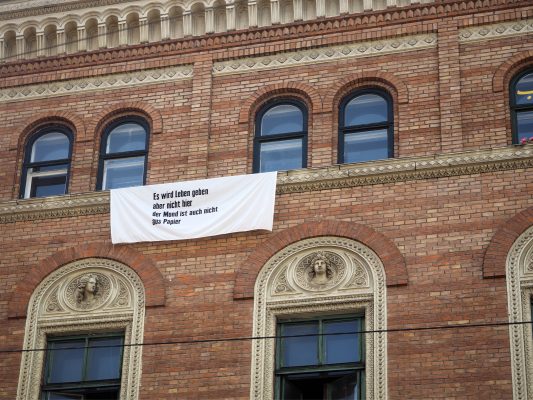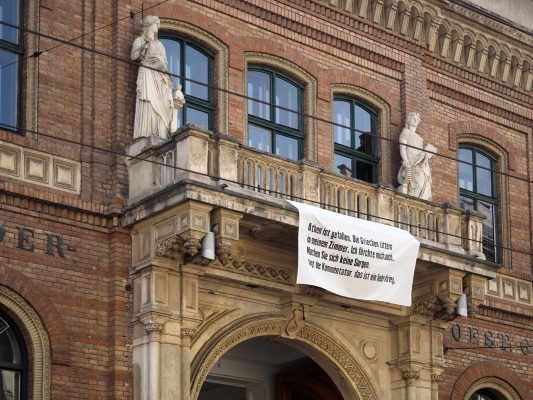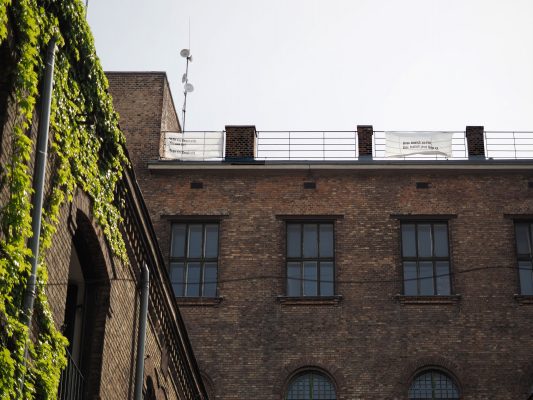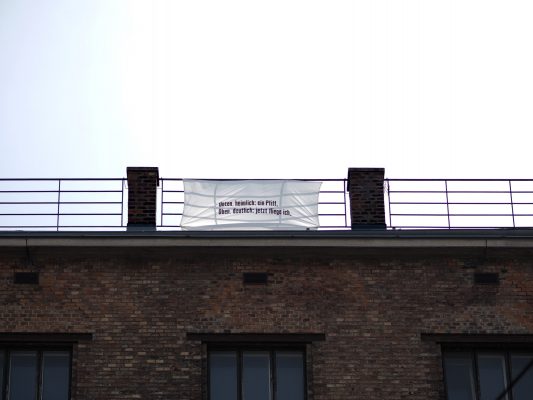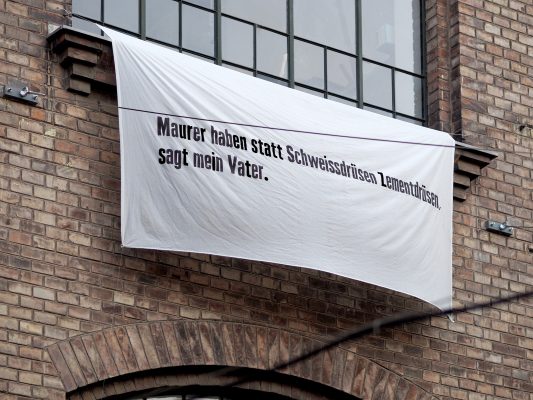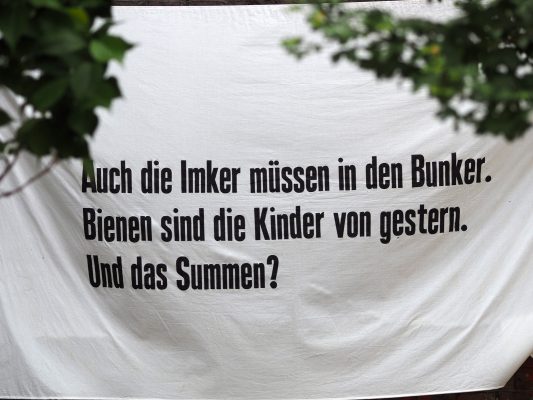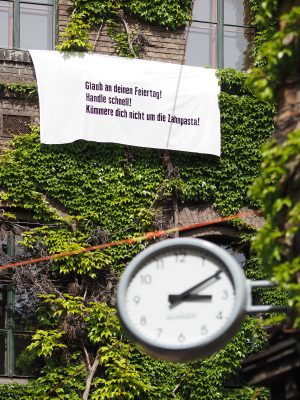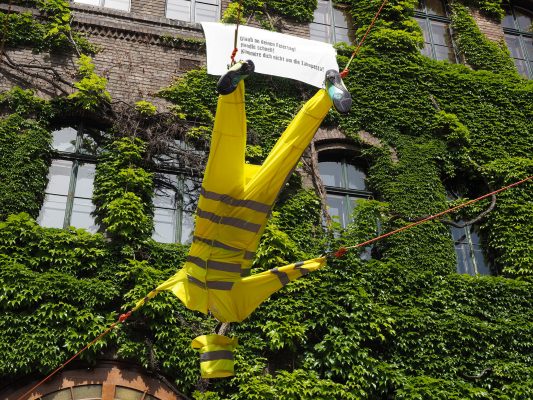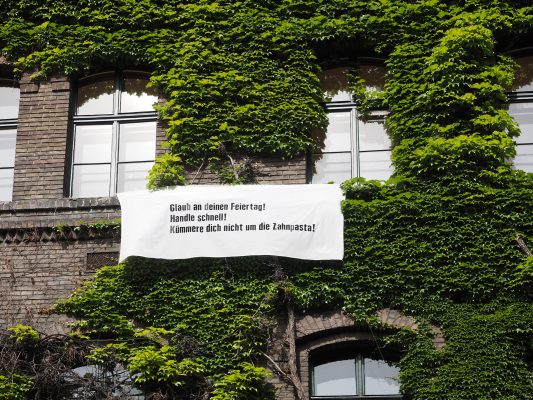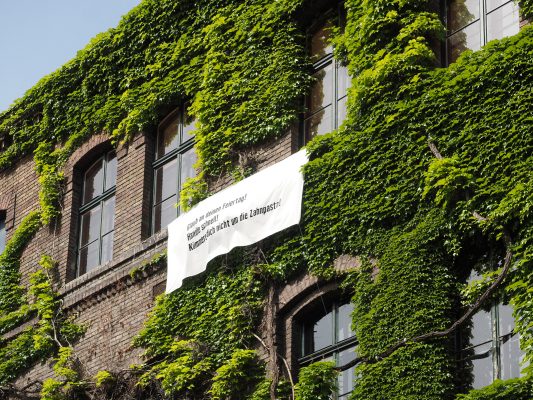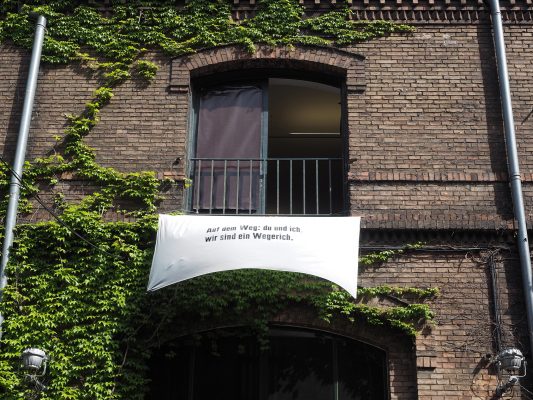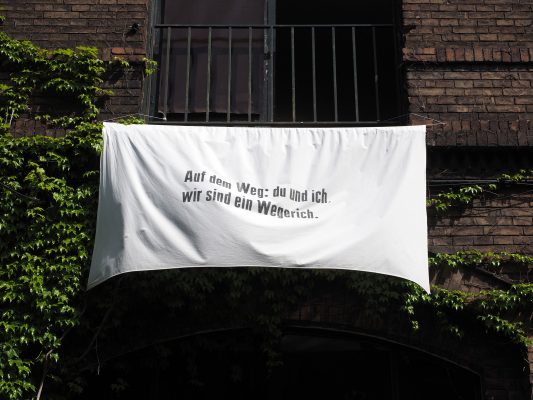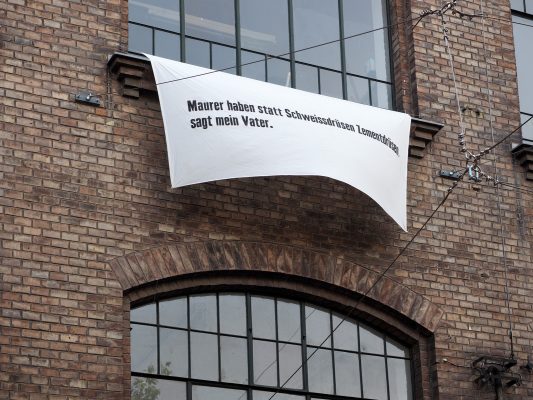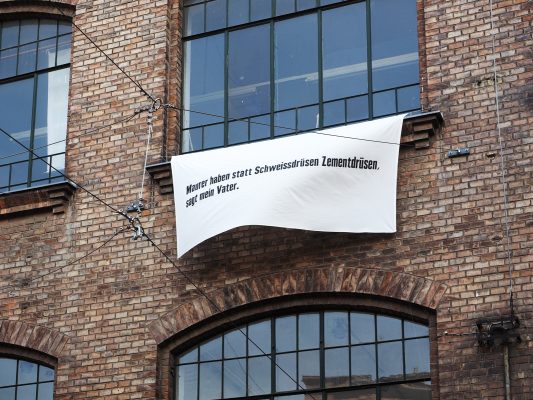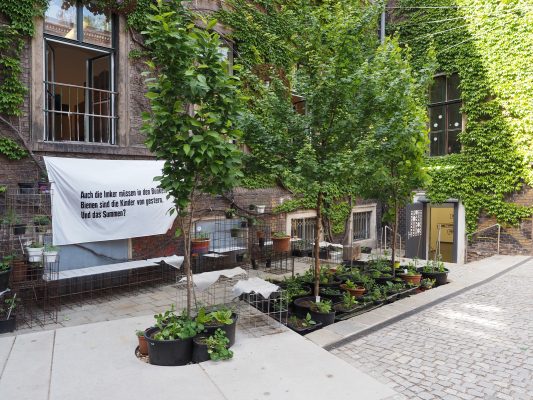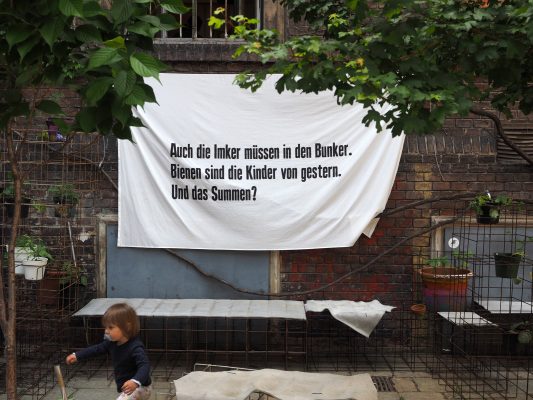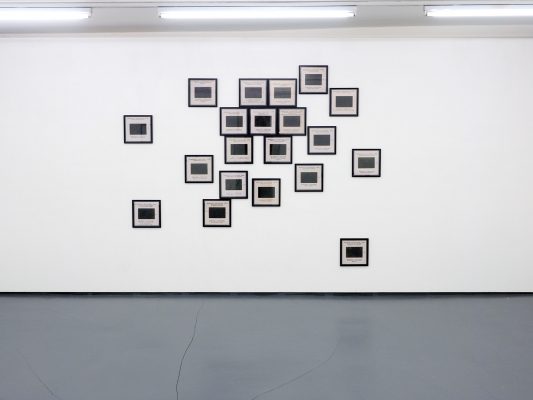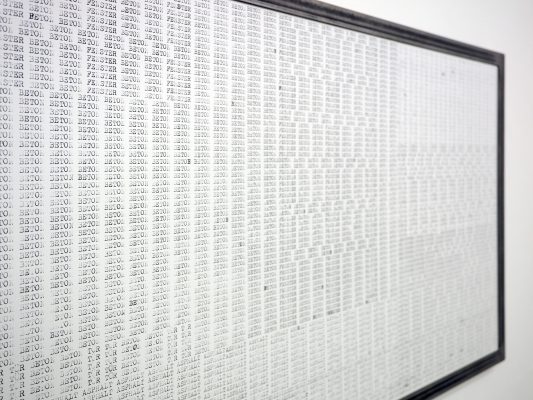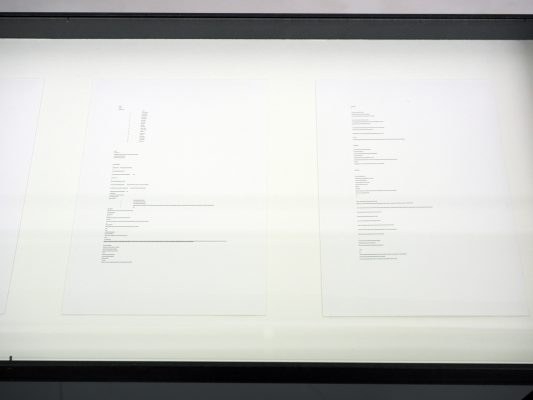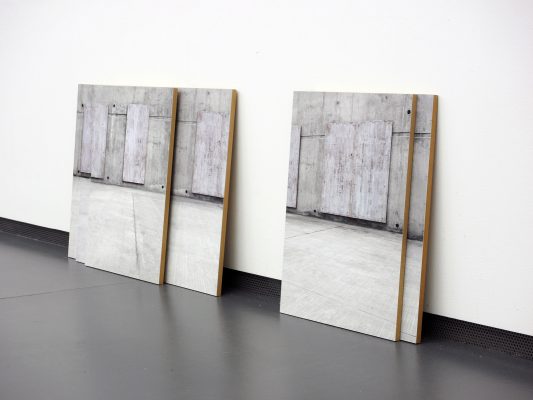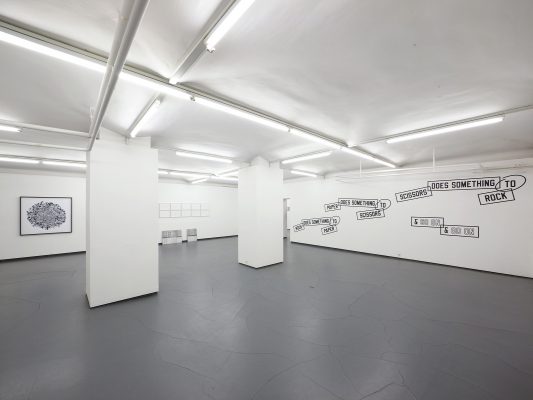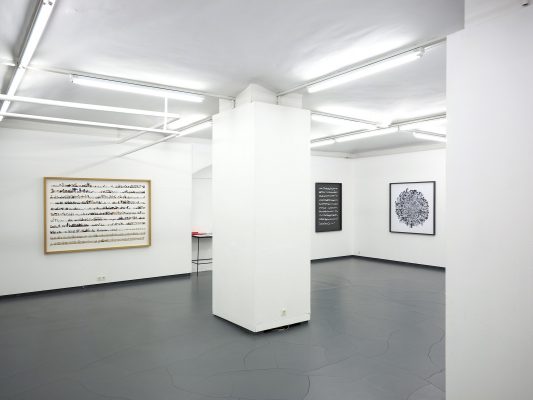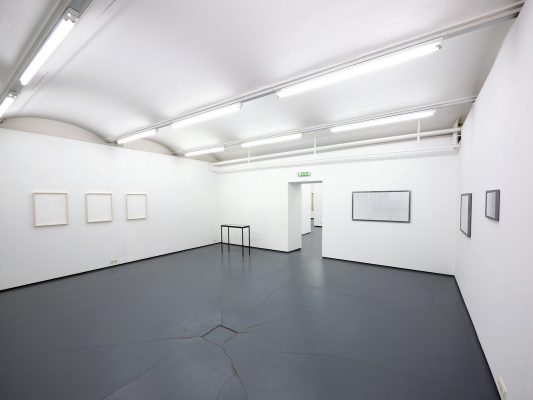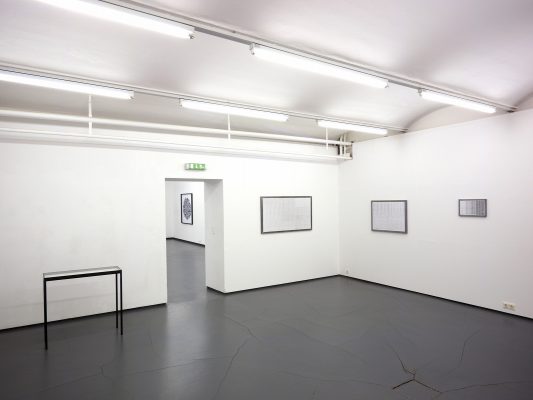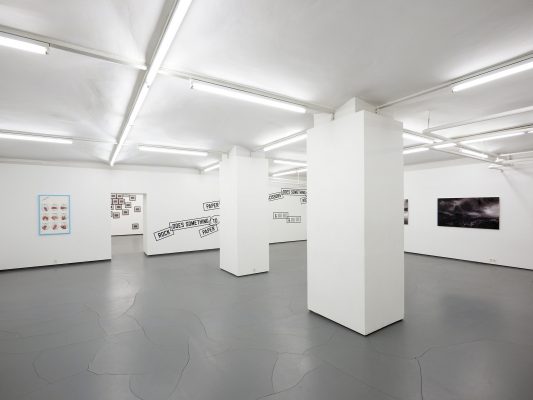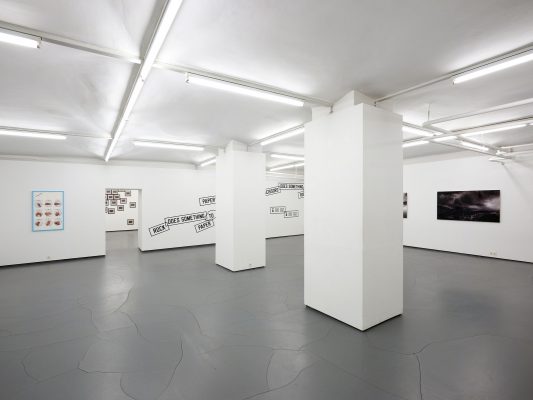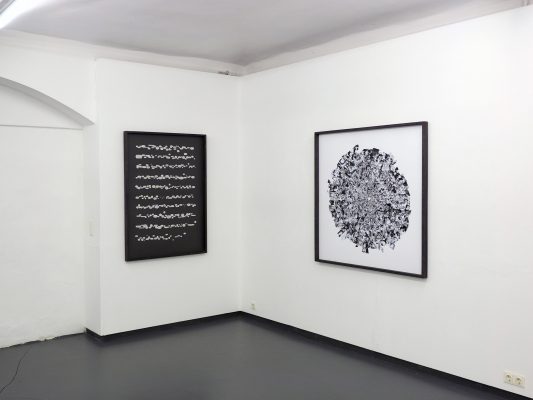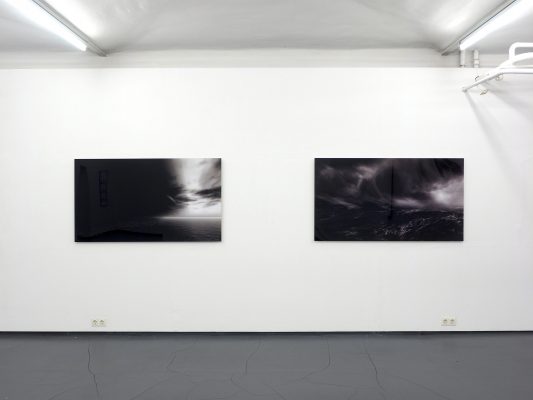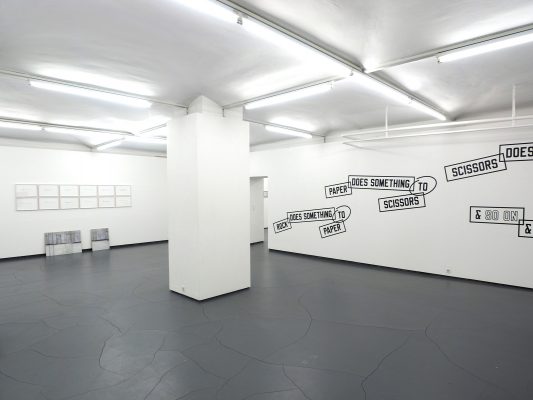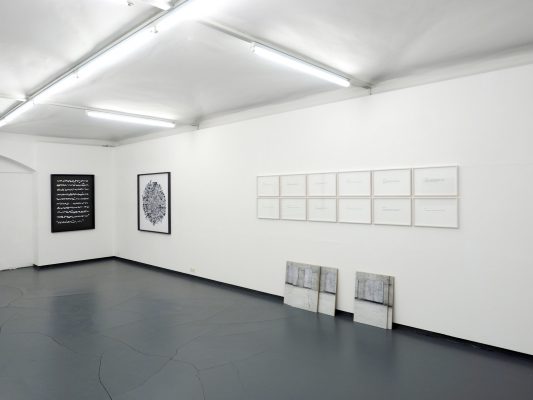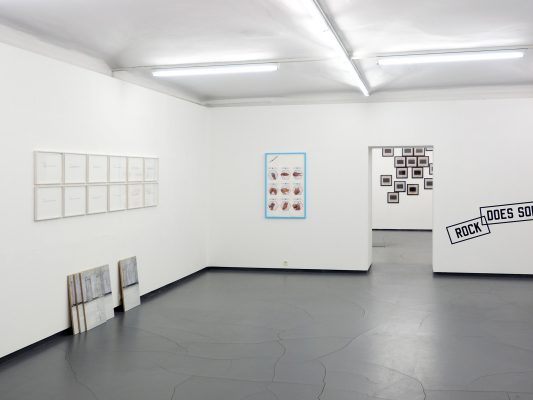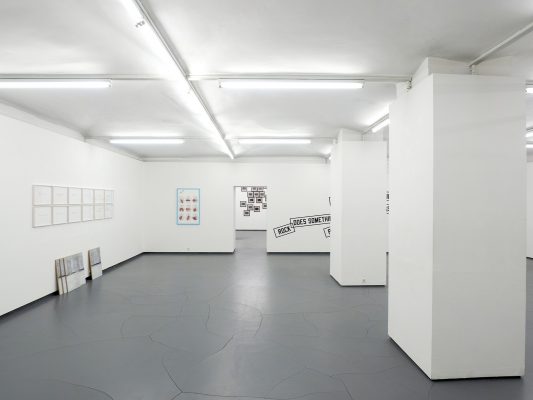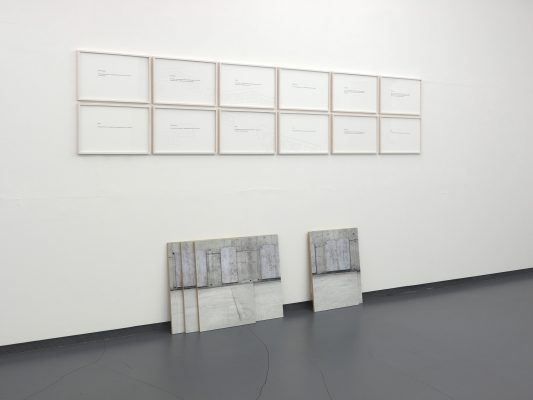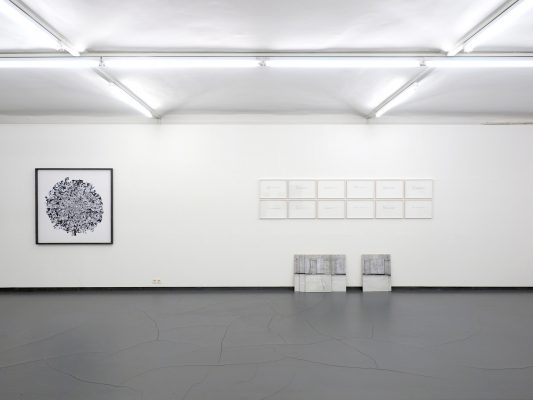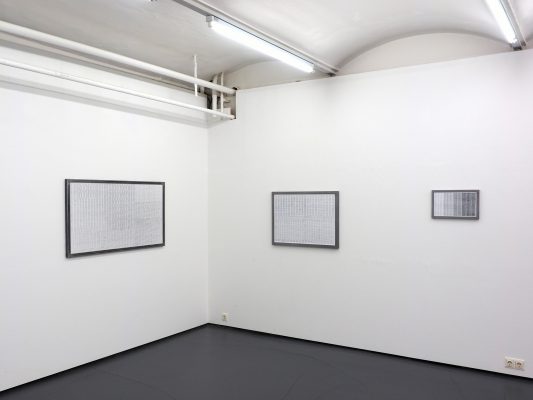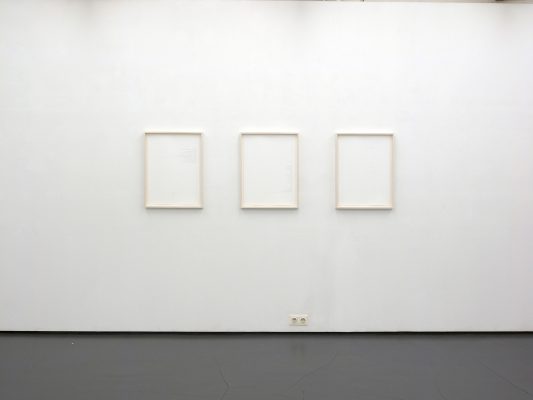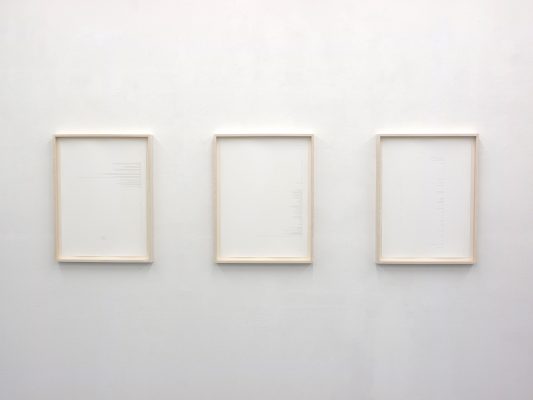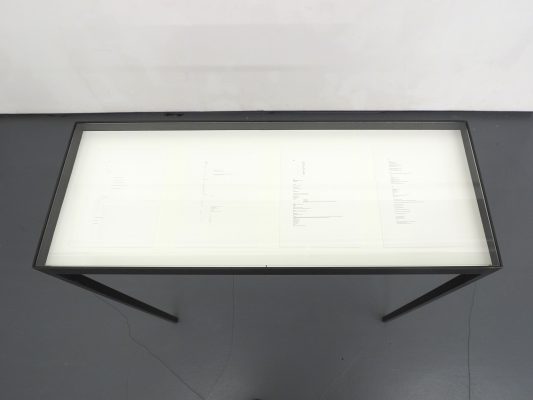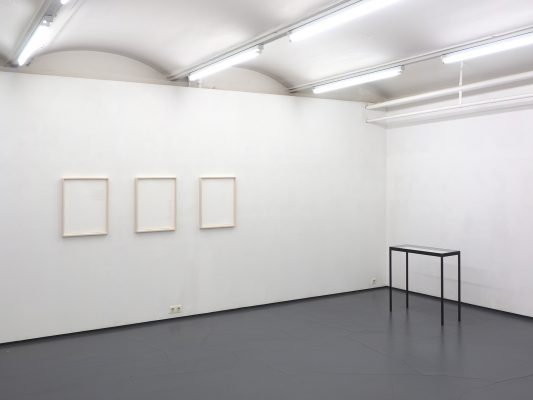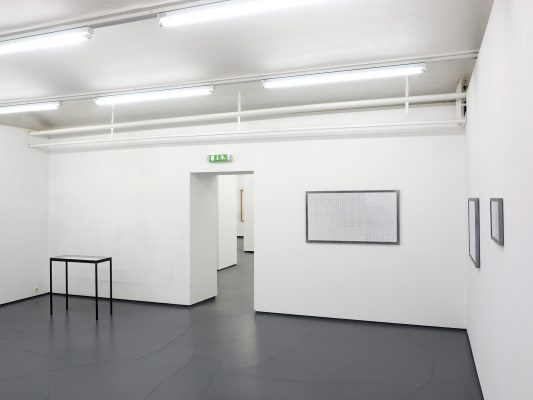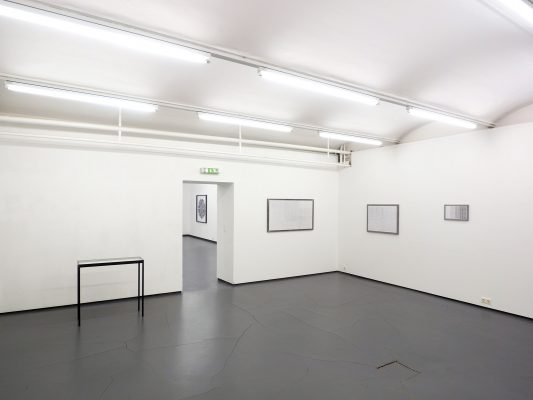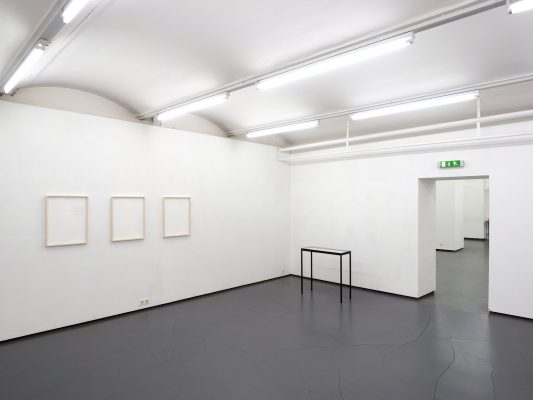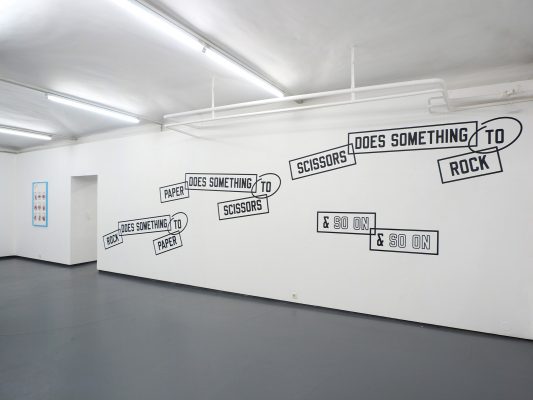Opening: Monday, Mai 11,7 pm
Introduction: Annika Lorenz
sponsored by: BKA Kunst; MA7-Kultur; Cyberlab
Special thanks to: Galerie Winter, Wien; Camera Austria, Graz; Rhizom, Graz; Galerie Hilger, Wien; Galerie Mauroner, Wien und Salzburg; Bettina Kattinger, Wien
In cooperation with KUNSTHALLE WIEN in the context of
“Destination Wien 2015” EXTENDED
Humans have a multi-facetted apparatus at their disposal to express themselves. One of the very first means of articulation – the body – has been continuously supplemented (and in some areas replaced) by systems of symbols or images. In addition to images it has been (and is) language together with its graphic forms that provides the main structures of communication, agency and depiction. For that reason the semiotic analysis of the stimulating and exciting interrelationships of these two specific codings is a field that repeatedly surfaces in art. This is concerned with its social surroundings, special characteristics and own position within this nexus. The art works have to be continuously re-assessed in the light of their connections with questioning the media specifics within this context. The FOTOGALERIE WIEN will be presenting art works connected to this year’s special focus Text:Image / Image:Text which are concerned with these complex inter-relationships and their conditions at the same time as the curatorial collective guides the emphasis towards three sub-topics: Transformation, Symbiosis and Inspiration.
The initial exhibition of the trilogy Text:Image / Image:Text presents the most radical translation of the subject: the Transformation. The trans-medium character of the classic picture format with elements of writing or language is a seminal moment that repeatedly appears during the artists’ engagement with the subject. The increasingly reductive concentration on the purely graphic element of the letters leads to the “lingualisation” of the work. The introduction of visual fragments of language into the image imports everyday life into the art works and permits evocation on the part of viewers who are thus referred back to themselves by familiar structures of this kind. What takes place here is a moment of changed perception and reception vis-à-vis reading and seeing and therefore a change in the role division between active and passive too. When this is linked up to the medium of photography, the focus definitively shifts towards the perception of reality in an age of digital images where the nexus between what is depicted and the depiction is steadily loosening or being actively dissolved. The de-, re- and construction of social and individual realities take on a central position in pictorial concepts as formal-aesthetic, medium-related, semiotic or socially critical issues.
Jochen Höller’s works Gespräche zwischen Russell, Wittgenstein, Whitehead, Gödl, Cantor, Frege, einem Professor, einem Patient, Odysseus, Superman und Wonder-Woman (2013), Odyssee (2013) and Logic Comics – An Epic Search Of Truth / Bertrand Russell (2012) can be regarded as examples of his work method which comprises the de- and re-combination of information. Individual elements are extricated from their surrounding connections while the context recedes into the background without disappearing entirely. This re-ordering provides impulses for new trains of thought. By undergoing an ornamental ordering, fragments from (illustrated) books become subjected to a compression that brings out their material affinities and questions the collective habits of information transfer because of their positioning.
Dreams as a utopian place, imaginary, surreal experience, the processing of everyday experience, the unconscious and its interpretation are at the forefront of Margret Kreidl’s literary work. By fixing these forms in the printed word, Kreidl makes them visually comprehensible. The Traumtücher, a collaborative work with the Graz artist collective, Rhizom, moves thoughts from the private into the public domain. During the exhibition these will be presented in the WUK, both inside and outside, on the facade. In her compendium of dreams, Einfache Erklärung. Alphabet der Träume, the dream fragments, in the form of prose pieces, dialogues and poems, will be supplemented by interpretative approaches. In the FOTOGALERIE WIEN’s cinema excerpts can be heard – a recorded reading by the author.
In the work, Russian Night (2009), by Falk Messerschmidt there is a shift of emphasis from the image to the written subtitle. Despite its nebulous constitutionthe image continues to refer to the originating object – the scan of a (souvenir) slide without the necessary back lighting – but the representational content is consigned to a different system of signs. The images of the City of Leningrad, which no longer exists under that name, have been blackened and banished. The intentionally wrongly used process of reproduction standardises the pictorial contents and indicates photography’s inability to record the entirety of history and chronology. In as much as the descriptive captions encourage recipients to replace the empty spaces with their subjective – and imaginary – views, the artist refers back to the medium itself.
Since 2001 Julie Monaco’s main focus has been centred on examining image generation from within digital software systems and their realisation in analogue form. This expands her previous concern with systems of number and chronology and code. The transformation of computer-specific language with the aid of fractal algorithms and its rendering into visually comprehensible surface landscapes lies at the core of works such as CS_02/4 and CS_01/1 B2. The resulting creation of dramatically staged hyperreality refers to the immateriality of the pictorial information and the potential for infinite variations of a world created from binary code.
In his “hypertext drawings” Ulrich Nausner is concerned with the format of digital text information. In the works of the series, Untitled (definition)from 2013 and Untitled (selection) from 2014, the artist chose for each a term which had various interpretive possibilities depending on the context in which it was used. The results of internet research were collected, stripped of specific web elements and reduced to a font size of 1 pt. The given formatting is altered and forces the text into single lines. Following this the compressed mass of information is transposed into an analogue form as a pigment print. The minimalisation consolidates the letters into an illegible graphic aggregate making it impossible to understand the contents and replacing them with mere graphic characters.
Bastian Schwind makes typed landscapes by using a typewriter and drawing paper. These are then photographed and mounted on barite paper.In Landschaft_getippt 3 (2014) and Teststreifen (2014) the words used make chains of association, differing grey values and, depending on their position in the work, create schematic allusions to what is described. A content and image generator in one, they are mutually dependent and mutually defining, only then able to generate an overall image. The concept of the graphic system thus created refers to visual information, links various medium-specific potential and, in the process, alludes to the differences at the same time.
The text installation ROCK DOES SOMETHING TO PAPER PAPER DOES SOMETHING TO SCISSORS SCISSORS DOES SOMETHING TO ROCK & SO ON & SO ON and the collage, DER DAS DIE (2015), by Lawrence Weiner were conceived for the exhibition space of the FOTOGALERIE WIEN. They engage with the multi-layered meanings and the value levels of sign systems such as language, images and gestures which are influenced by culture and history. The new combinations in which they are used consequently questions their genealogy, gendering and, above all, their use. The game referred to here – Stone, Scissors, Paper – stands as an experimental set-up for comprehending intangible language as a generating and mediating element and questions the fixed usage and terminologically fixed functionality of the material by reconstituting them.
In her work, Pipal, Christina Werner is concerned with postcolonial influences in the urban space of the Indian city of Ahmedabad and the associated moments of irritation. The twelve Snapshots that are being shown describe (in the form of texts) the artist’s physical and eye movements as she strolls along her pre-determined route on a promenade in Ahmedabad which is still in the process of construction. In the process the minimalist concrete images – Promenade Nr. 1-6 – allude furthermore to the interim nature of the architecture.
(textual support: Annika Lorenz)
